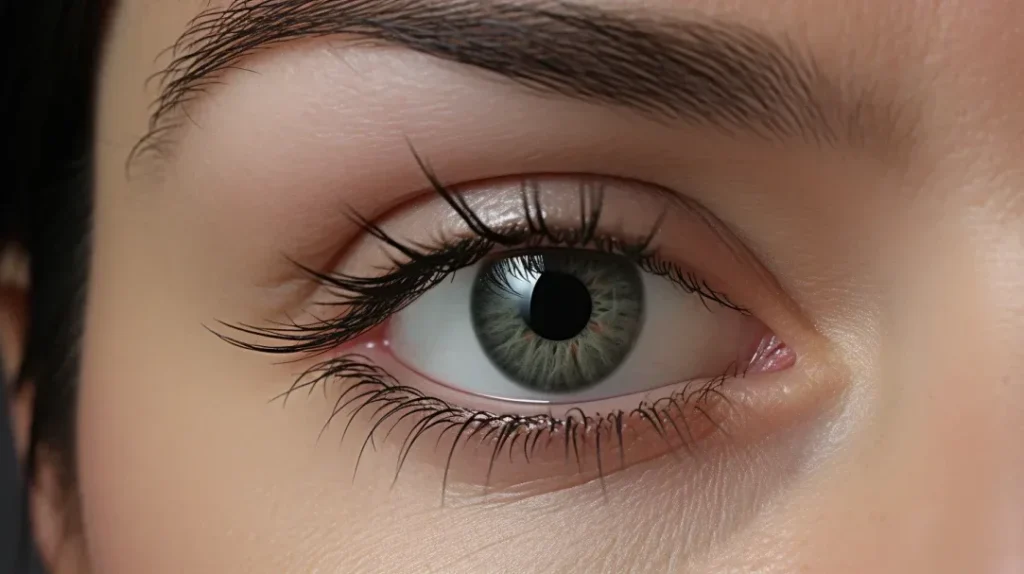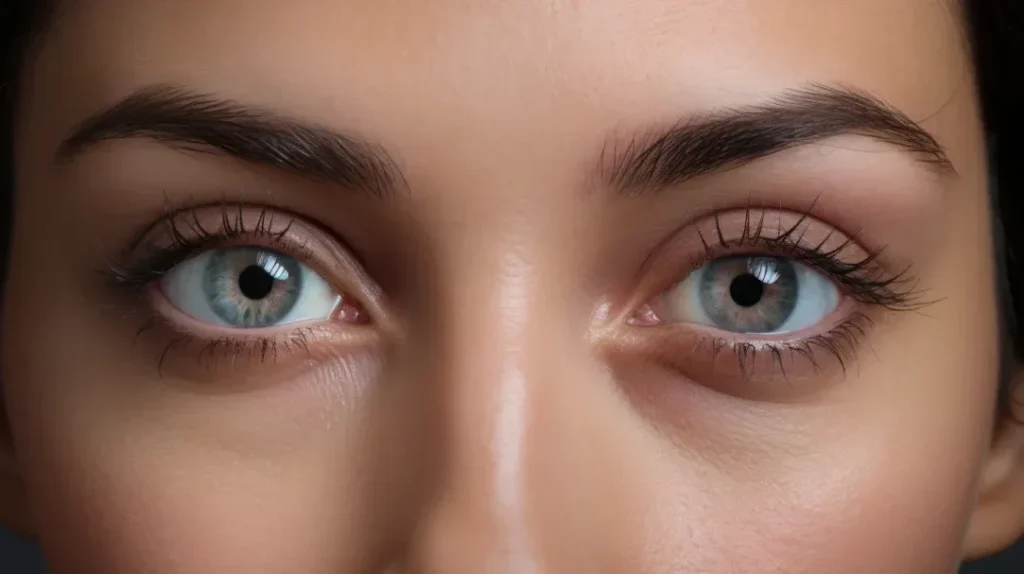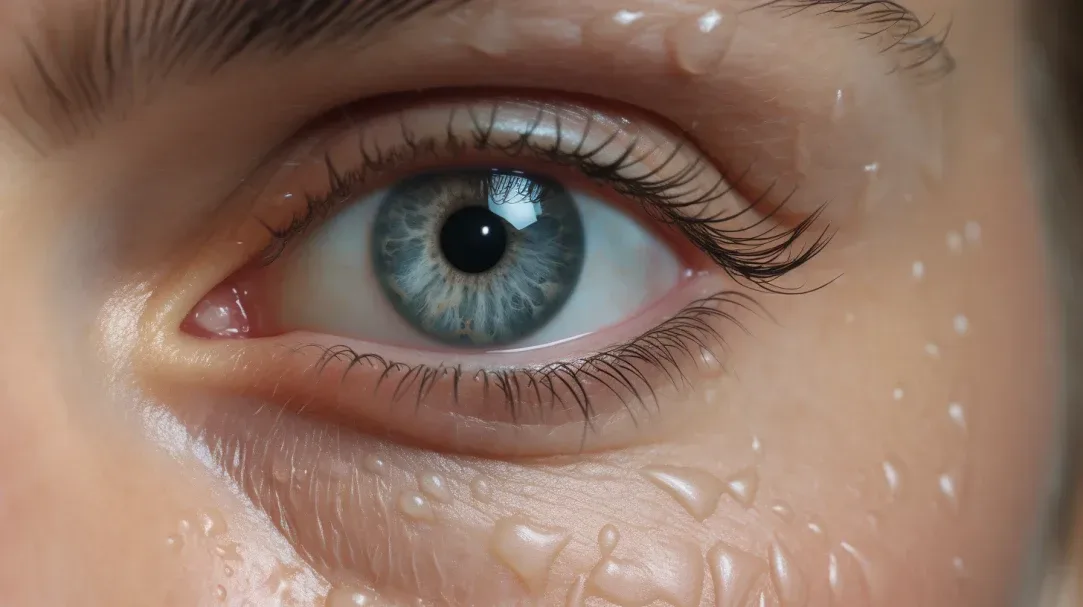Bad Botox: Signs to Look Out For
Are you thinking about getting Botox to enhance your appearance? Before making any decisions, it’s crucial to be aware of the potential risks and complications arising from poorly administered treatments.
In this article, we’ll guide you through the signs to look out for when it comes to bad Botox. From asymmetrical results to muscle weakness, we’ll discuss the common indicators of a botched procedure.
Stay informed and empowered to make the best choices for your cosmetic journey.
Key Takeaways
- Poorly administered Botox can result in various signs such as asymmetrical results, drooping eyelids, unnatural facial expressions, and muscle weakness.
- Botox complications can occur due to factors like Botox overuse, injection mistakes, and inadequate qualifications of practitioners.
- Choosing qualified professionals is crucial to minimize the risk of bad Botox outcomes and ensure safe and effective treatments.
- Rectifying bad Botox outcomes involves steps like seeking corrective treatments, following up with proper care, and consulting with experienced professionals.
Facial Asymmetry
Facial asymmetry following a Botox treatment is a potential issue that may arise due to errors in the Botox injection process. While Botox is a prevalent and generally effective cosmetic procedure, its improper administration can sometimes lead to less than satisfactory results, such as uneven facial appearance.
This type of asymmetry often occurs if Botox is not injected symmetrically or if there is a disproportionate effect on the muscles on one side of the face compared to the other. It’s crucial for patients experiencing such asymmetry to seek the advice of a qualified healthcare professional or a cosmetic specialist. These experts can evaluate the situation accurately and suggest appropriate measures to rectify the issue.
Correcting asymmetrical Botox results might involve additional treatments or specific techniques to restore facial balance and symmetry. Consulting with a professional ensures that corrective measures are safely and effectively implemented, helping achieve the desired aesthetic outcome.
Cosmetic treatments encompass a wide range of procedures to enhance one’s appearance. These treatments can address various concerns, including droopy eyelids, which may require specific cosmetic procedures to correct. While these procedures can yield positive results, individuals should be aware of potential risks, such as allergic reactions and harmful side effects.
Cosmetic treatments often target specific facial muscles and experienced injectors or facial plastic surgeons typically carry out these procedures. Extensive training is essential for these professionals to ensure the safety and effectiveness of the treatments. Additionally, some treatments, like Botox injections, may temporarily affect muscle movements, leading to concerns like double vision. It’s crucial for individuals considering cosmetic treatments to consult with qualified professionals who can provide guidance and minimize any potential risks associated with these procedures.
Drooping Eyelids

Drooping eyelids, or ptosis, after Botox injections, is an uncommon but possible side effect. Understanding the causes and exploring treatment options is essential for those who experience this condition.
- Causes of Drooping Eyelids:
- Incorrect Injection Placement: If Botox is injected too close to the levator palpebrae superioris muscle, which lifts the eyelid, it can cause the eyelid to droop.
- Excessive Dosage: Overuse of Botox in the forehead region can weaken the muscles that support the eyelid.
- Diffusion to Adjacent Muscles: Botox can sometimes spread to surrounding muscles inadvertently, impacting the muscles that control eyelid movement.
- Treatment Options:
- Natural Resolution: In most cases, the effects of Botox are temporary. Waiting for the Botox to wear off, typically within 3-4 months naturally, is often recommended.
- Prescription Eye Drops: Certain eye drops can help alleviate ptosis by stimulating the muscles that elevate the eyelid.
- Surgical Intervention: In rare and severe cases, surgical procedures might be necessary to correct the drooping.
- Preventing Drooping Eyelids:
- Choosing Qualified Practitioners: Select experienced and reputable practitioners specializing in Botox injections. Qualified practitioners understand the anatomy of facial muscles and can inject Botox accurately.
- Consultation and Assessment: Discuss your concerns and desired outcomes with your practitioner. A thorough assessment of your facial structure and muscle dynamics can help plan the appropriate injection sites and dosages.
- Follow-Up Care: After receiving Botox injections, follow the aftercare instructions and schedule a follow-up appointment to assess the results.
- Understanding Botox Errors:
- Recognize Symptoms: Be aware of the signs of Botox errors, such as asymmetry or unwanted muscle relaxation.
- Corrective Procedures: If you experience adverse effects, consult your practitioner about possible corrective measures, including additional Botox injections to balance muscle activity.
- Consultation with Specialists:
- Seek Second Opinions: If you experience drooping eyelids after Botox, consider consulting with an ophthalmologist or a plastic surgeon specializing in eyelid conditions for additional treatment options.
Unnatural Facial Expressions
Unnatural facial expressions can be a telltale sign of poorly administered Botox. When Botox is overused or injected incorrectly, it can lead to muscle weakness and an inability to control facial movements. This can result in expressions that appear frozen, stiff, or unnatural. It is essential to understand the risks associated with botulinum toxin and choose a qualified professional who has received proper training in injection techniques.
To help you visualize the potential effects of harmful Botox, here is a comparison table:
| Natural Facial Expressions | Unnatural Facial Expressions |
|---|---|
| Smiling | Awkward smile |
| Frowning | Immobile forehead |
| Raising eyebrows | Drooping eyelids |
| Expressive eye movements | Limited eye movement |
| Natural facial symmetry | Asymmetrical features |
Recognizing these unnatural facial expressions can help you identify if your Botox treatment was administered incorrectly. If you are experiencing any of these signs, seek consultation from a qualified professional to address the issue and discuss corrective treatments. Remember, patient safety is paramount, so always prioritize the expertise and credentials of your Botox practitioner.
Muscle Weakness

Muscle weakness after Botox injections, although not expected, can occur and usually results from either the overuse of Botox or incorrect injection techniques. Understanding the potential causes and how to address them is crucial for anyone experiencing this side effect.
- Causes of Muscle Weakness:
- Overuse of Botox: Using excessive amounts of Botox can lead to an over-relaxation of muscles, resulting in weakness.
- Incorrect Injection Techniques: If Botox is injected into the wrong muscle or spreads to adjacent muscles, it can cause unintended muscle relaxation and weakness.
- Individual Sensitivity: Some individuals may have a heightened sensitivity to Botox, resulting in more pronounced muscle weakness.
- Treatment Options:
- Observation and Time: Often, the best approach is to wait for the effects of Botox to diminish naturally. Botox effects are temporary, and muscle strength returns as the medication wears off.
- Physical Therapy: In some cases, targeted physical therapy can help strengthen the affected muscles and accelerate recovery.
- Consultation with a Specialist: If muscle weakness persists, consulting with a healthcare specialist who understands Botox-related complications is advisable.
- Preventing Muscle Weakness:
- Qualified Practitioner: Ensure that Botox injections are administered by a qualified, experienced practitioner who understands facial anatomy and proper Botox dosages.
- Detailed Consultation: Discuss your medical history, previous reactions to Botox, and treatment goals with your practitioner. This information can help them tailor the treatment to minimize risks.
- Follow-up Care: Adhere to any aftercare instructions provided by your practitioner. This may include avoiding certain activities or applying cold compresses to reduce swelling.
- Managing Bruising and Other Side Effects:
- Bruising from Botox: Bruising at the injection site is a common side effect. This can be minimized by avoiding blood-thinning medications before the treatment, if medically advisable, and following aftercare instructions.
- Addressing Adverse Reactions: If you experience an adverse reaction such as an allergic response or infection, seek medical attention promptly.
Excessive Bruising
Excessive bruising is a standard indicator of poor Botox administration, signaling potential complications and inadequate injection techniques. When Botox isn’t administered correctly, it can cause blood vessels to rupture, leading to bruising. This can be a cause for concern as it affects the aesthetic outcome and raises questions about patient safety in Botox treatments.
Excessive bruising can occur due to various factors, including the use of improper injection techniques, such as injecting too profoundly or at the wrong angle. It can also result from using excessive force during the injection process. Sometimes, the practitioner may not have taken the necessary precautions to minimize bruising, such as applying pressure or using ice immediately after the injection.
To ensure patient safety in Botox treatments, practitioners must be knowledgeable and experienced in the correct injection techniques. Patient education is also essential, as it allows individuals to make informed decisions and understand the potential risks and side effects associated with Botox. By providing thorough information and discussing the possibility of bruising during the consultation process, practitioners can set realistic expectations and help patients prepare for the treatment.
Overuse of Botox
Using Botox excessively can lead to undesirable outcomes and potential complications. When Botox is overused, it can result in more than just an unnatural appearance. Here are some emotional responses you may experience if Botox is overused:
- Frustration: Seeing asymmetrical results or drooping eyelids can be frustrating, especially when seeking a more youthful appearance.
- Anxiety: Overusing Botox can cause muscle weakness or bruising, leading to anxiety about the long-term effects or how to correct the issue.
- Disappointment: Botox overuse may result in unnatural facial expressions, leaving you disappointed.
To ensure your safety and satisfaction, practitioners need to adhere to Botox regulatory standards and treatment protocols and provide proper post-treatment care. However, when injection mistakes occur, additional complications can arise. Let’s delve into the next section to explore common injection mistakes and their potential consequences.
Injection Mistakes
When Botox is administered improperly, injection mistakes can lead to undesirable outcomes and potential complications. That’s why it’s crucial to prioritize a thorough Botox consultation before undergoing the procedure.
During this consultation, your qualified practitioner will assess your needs, discuss your expectations, and determine if Botox is the proper treatment. They’ll also explain the potential risks and benefits, ensuring you have all the necessary information to make an informed decision. Patient consent forms are essential documents that outline the details of the treatment and confirm that you understand and accept the associated risks.
In the event of a bad outcome, there are options for reversal of effects. Your practitioner can discuss corrective treatments or recommend appropriate measures to address your concerns.
Lack of Improvement
If you’re not seeing any improvement after your Botox treatment, it may be due to a lack of desired results. It can be frustrating and disheartening when you’ve invested time and money into a procedure that hasn’t given you the outcome you were hoping for.
Here are some emotional responses that patients may experience in this situation:
- Disappointment: You may feel let down and discouraged by the lack of improvement despite your expectations.
- Self-consciousness: If the treatment was for a specific concern like wrinkles or fine lines, you may feel self-conscious about the appearance of those areas.
- Regret: You might regret your decision to undergo Botox and wish you’d explored other options or consulted with different professionals.
You must consult your cosmetic dermatologist and review your treatment records in such cases. Additionally, reading Botox patient reviews can provide insights into others’ experiences and help you make informed decisions.
Long-lasting Side Effects
Experiencing long-lasting side effects from Botox treatments can be concerning and warrants careful attention. While Botox is generally safe when administered correctly, there are instances where patients may face prolonged adverse effects.
- Common Long-Lasting Side Effects:
- Muscle Weakness: This can extend beyond the intended muscles, affecting areas like eyelids, leading to ptosis (drooping eyelids).
- Asymmetry: Improperly administered Botox can lead to asymmetrical facial expressions or contours.
- Persistent Bruising or Swelling: While some bruising or swelling is expected post-injection, prolonged symptoms may indicate an underlying issue.
- Prevention Strategies:
- Patient Screening: A thorough assessment of the patient’s medical history and facial structure is crucial to determine their suitability for Botox.
- Qualified Practitioner Selection: Ensure the practitioner is licensed, experienced, and well-versed in Botox treatments.
- Adhering to Protocols: Practitioners should strictly adhere to recommended injection techniques and dosage guidelines.
- Managing Adverse Effects:
- Immediate Medical Attention: If you experience severe or long-lasting side effects, seek medical attention immediately. This is crucial to address any potential complications promptly.
- Follow-up Care: Contact the practitioner who administered your Botox treatment for advice and potential corrective measures.
- Documenting Symptoms: Keeping a record of any side effects and their progression can be helpful for medical professionals in providing the appropriate care.
- Regulatory and Ethical Practices:
- Compliance with Standards: Practitioners should comply with regulatory standards set by medical boards and health organizations to ensure safe practices.
- Ethical Responsibility: It’s the practitioner’s responsibility to inform patients about potential risks and manage any complications with utmost care and expertise.
- Seeking Expert Opinions:
- Consulting with specialists such as dermatologists or plastic surgeons may provide additional insights and treatment options for prolonged side effects.
It’s important to remember that while Botox has a high safety profile, like any medical treatment, it carries potential risks. Being well-informed about these risks, choosing the right medical professional, and understanding the treatment process are critical to minimizing the chances of experiencing long-lasting side effects.
Frequently Asked Questions
Can Bad Botox Cause Long-Lasting Side Effects?
Harmful Botox can cause long-lasting side effects. You may experience muscle weakness, asymmetrical results, or drooping eyelids. It’s essential to choose qualified professionals and seek corrective procedures if needed.
What Are Some Common Signs of Injection Mistakes During Botox Treatments?
Common signs of injection mistakes during Botox treatments include asymmetrical results, drooping eyelids, unnatural facial expressions, muscle weakness, and bruising. Choosing qualified professionals to minimize these risks and ensure a successful outcome is essential.
How Can Excessive Bruising Be a Sign of a Poorly Administered Botox Treatment?
Excessive bruising after Botox can indicate a poorly administered treatment. When the injector doesn’t follow proper techniques, blood vessels can be damaged, leading to bruising. Consult a qualified professional if you experience this.
Is Muscle Weakness a Common Side Effect of Bad Botox?
Yes, muscle weakness can be a common side effect of Botox. It occurs when the toxin affects the muscles in the treated area. However, it is usually temporary and resolves within a few weeks.
What Should I Do if I Don’t See Any Improvement After Receiving Botox?
If you don’t see any improvement after receiving Botox, it’s essential to consult with your qualified professional. They can assess the situation, provide guidance, and determine if corrective measures are needed.
Conclusion
In conclusion, navigating the world of Botox requires careful consideration and research. You can better protect yourself from potential complications by knowing the signs of harmful Botox, such as facial asymmetry, drooping eyelids, and unnatural facial expressions.
Choosing a qualified professional and understanding the steps to rectify bad outcomes are essential. Remember, informed decisions and safe practices should empower your cosmetic journey.
Don’t let the pitfalls deter you; let them guide you toward a successful Botox experience.







